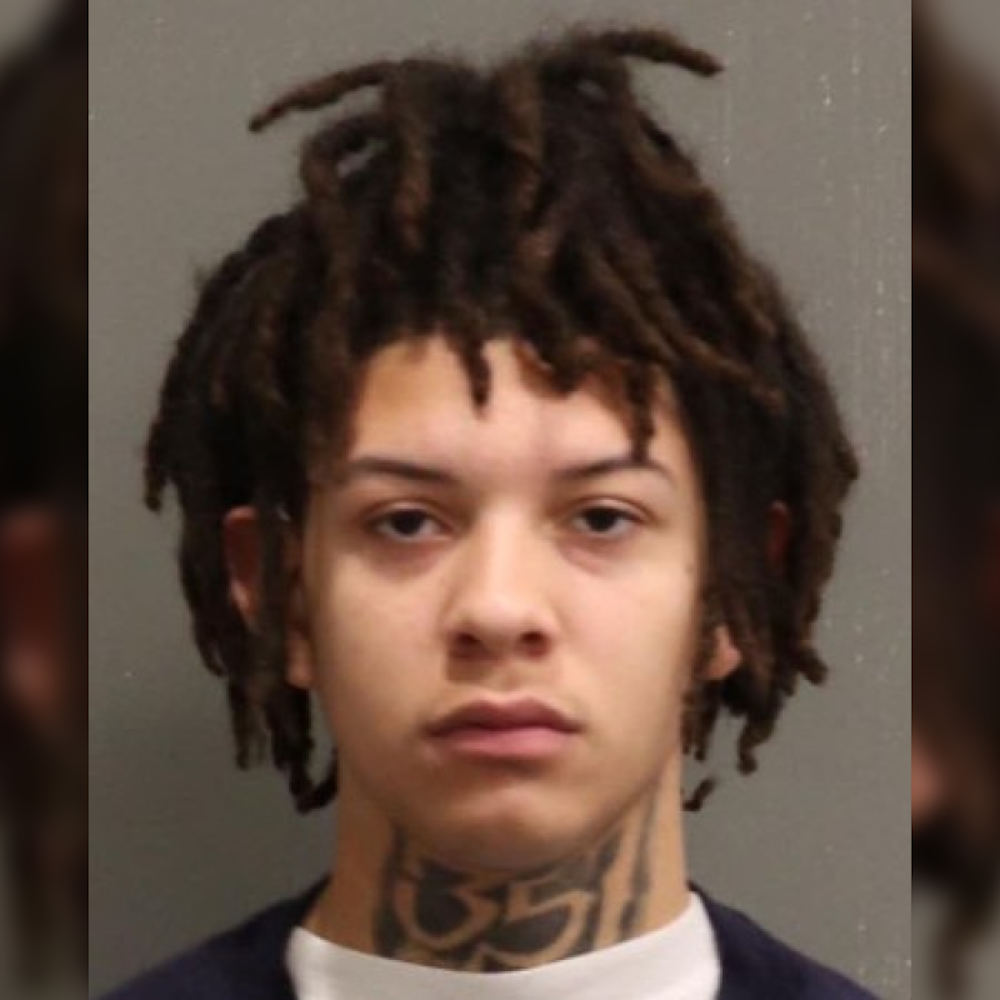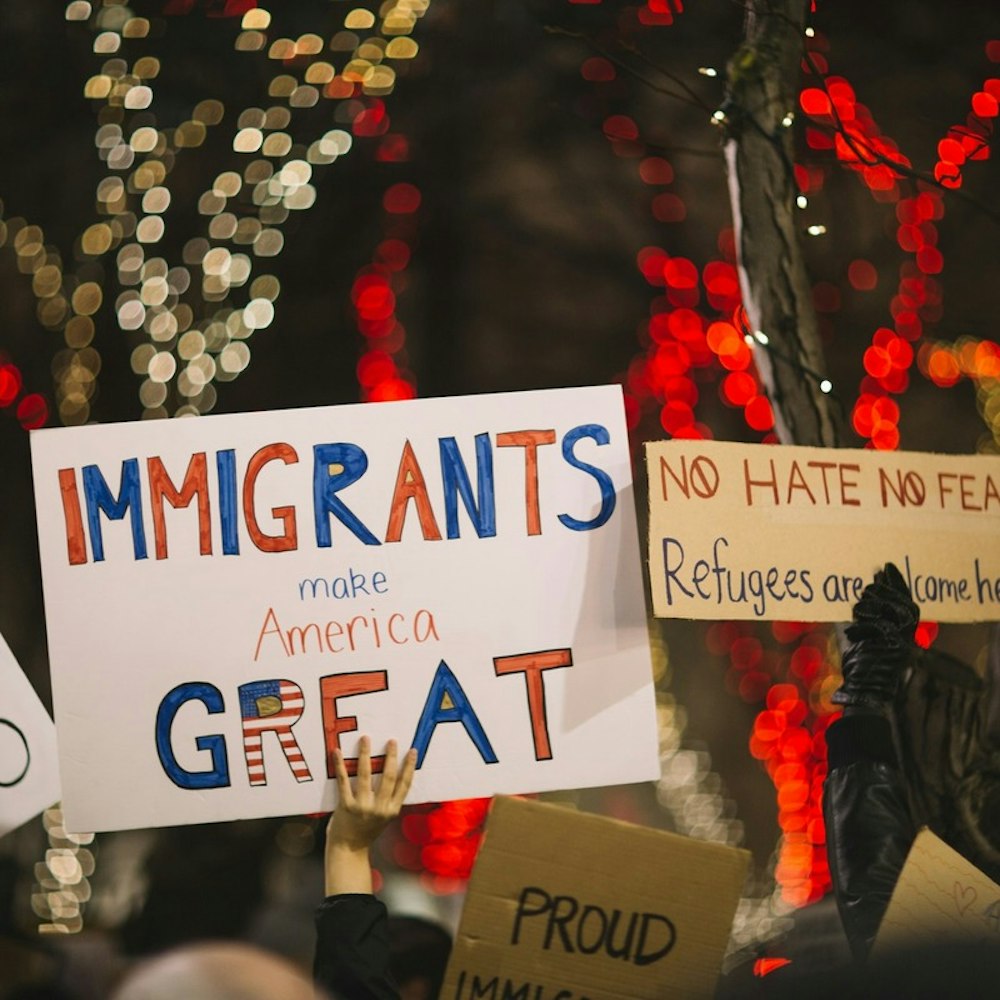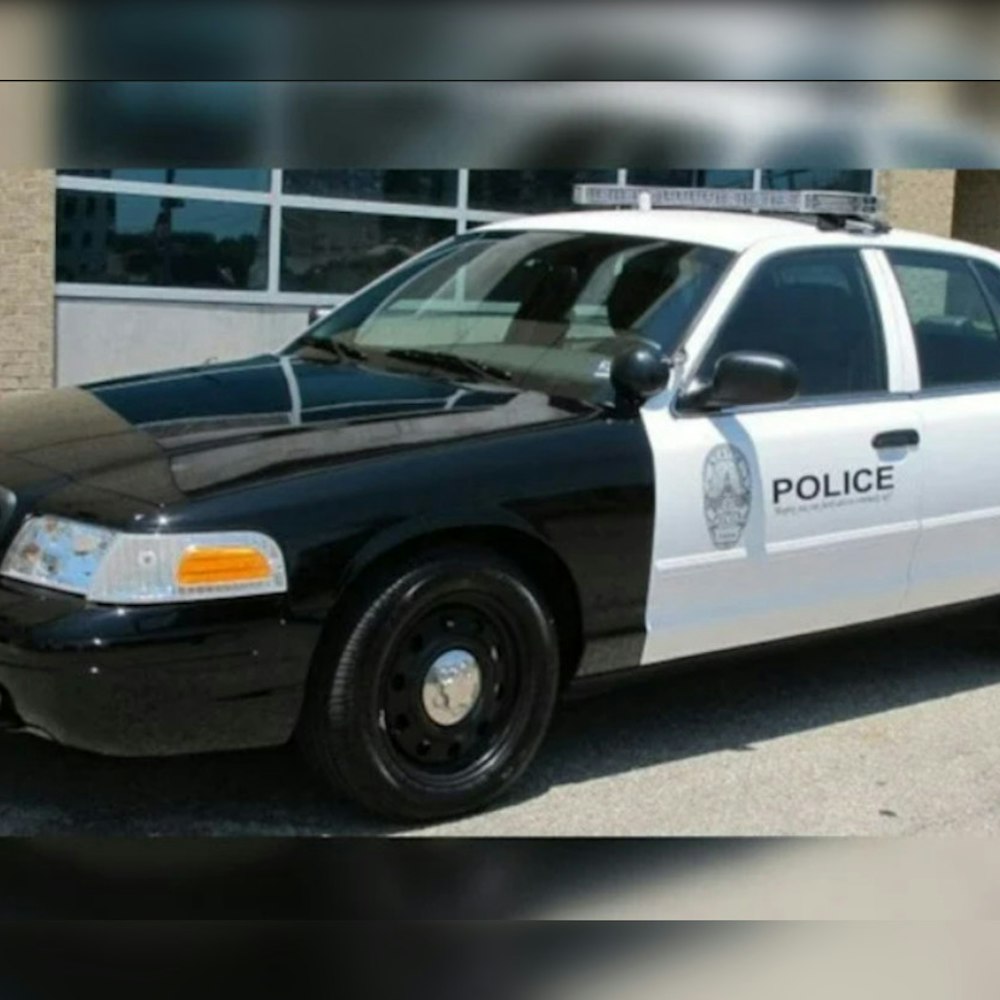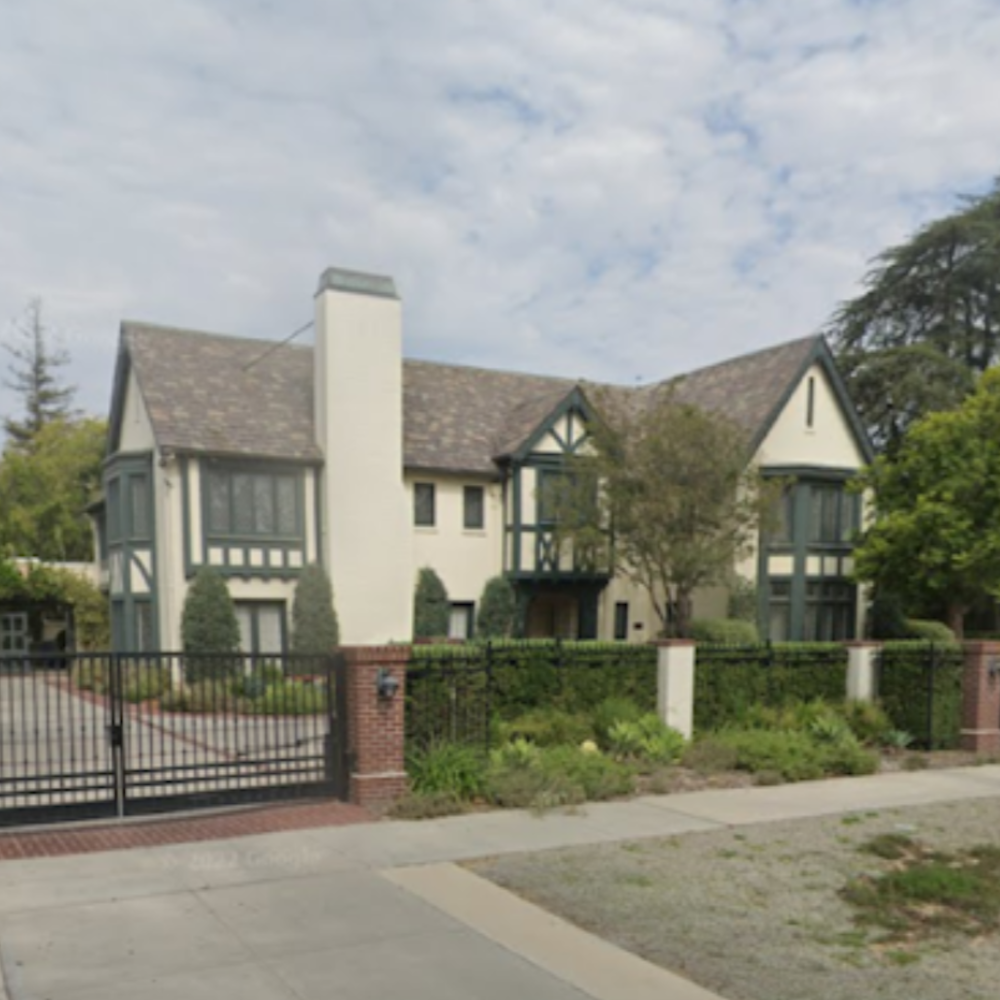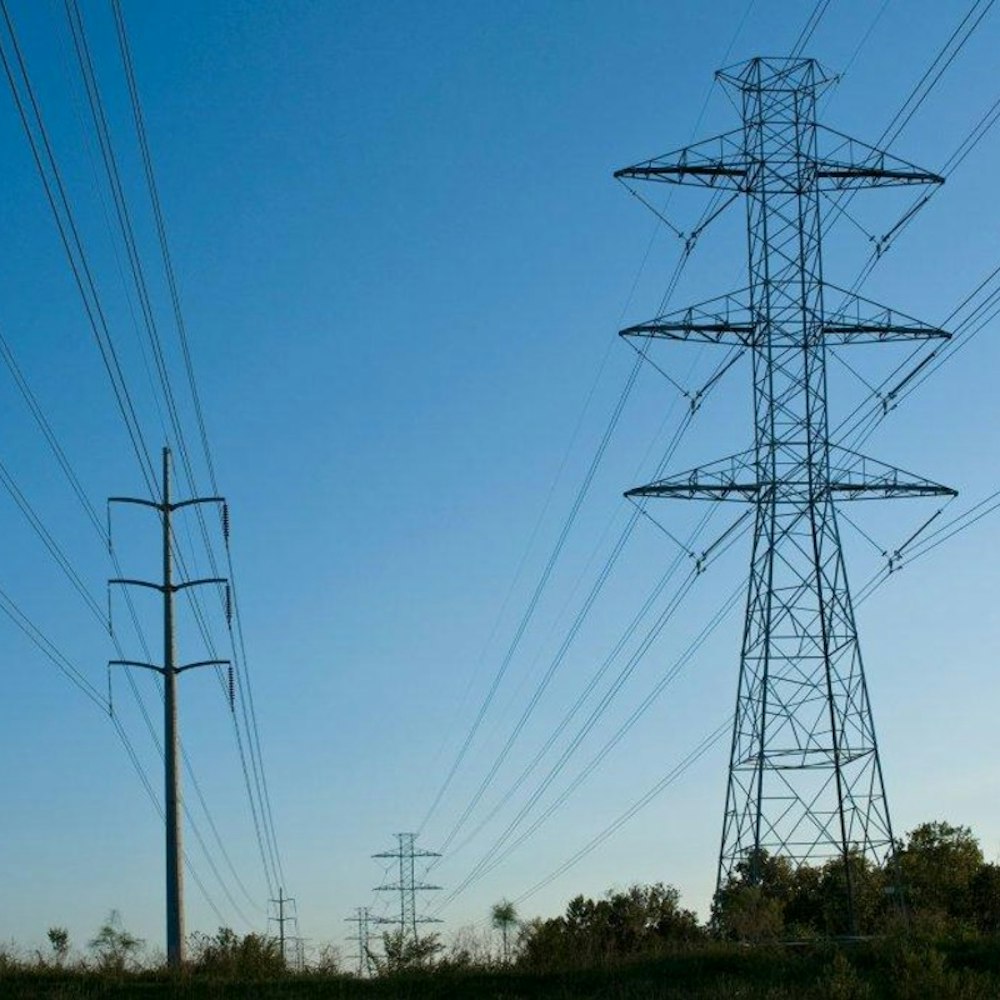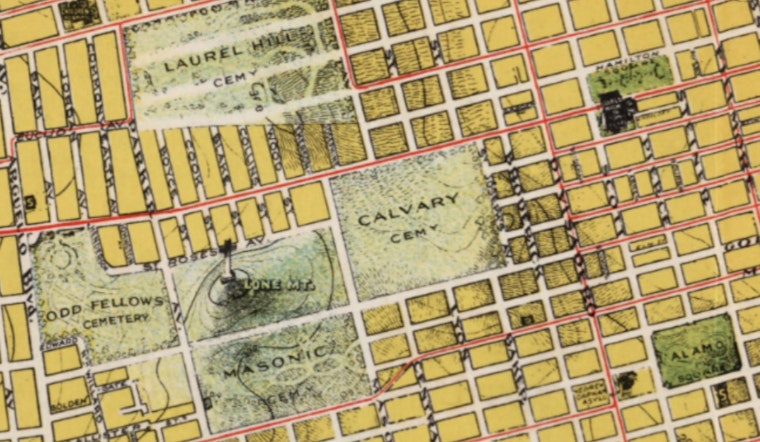
Calvary is the most populous cemetery of San Francisco at the present time. When first opened it was in the country; it is now between Parker and Masonic avenues and Geary and Turk streets. It has been gradually filling up with coffins for these twenty-six years, and now the headstones in some parts of the grounds seem as thick as standing corn. Hardly a day passes that three or four funeral processions do not climb the hillside leading to the entrance gate. It is indeed a city of the dead. . .
To get really morbid, there was also a section of Calvary that was dedicated solely to suicides and children who died without being baptized. It was located in a small area on the western slope of the hill, which after studying the map may have been where Anzavista and Barcelona streets are.
By the 1930s, the mass graveyard relocation project was heavily underway, with thousands of corpses being relocated to Colma. Claiming that Calvary was on hallowed ground, the Archbishop fought the relocation. In 1937 he lost the battle, and Calvary residents were moved south over the next few years. A priest was in attendance for each disinterment, and family members were allowed to watch if they wanted.

(Calvary Cemetery after being cleared, 1947. Photos: FoundSF)
By the time 1947 rolled around, the bodies of the dead had been transferred, and construction began on the Kaiser hospital and new housing. Perhaps yours?
If you'd like to pay homage to the former residents of our neighborhood, you can find the transported residents of Calvary Cemetery in the Holy Cross Cemetery in Colma. The vast majority of the bodies are located in a five- acre burial mound with no individual markers.

